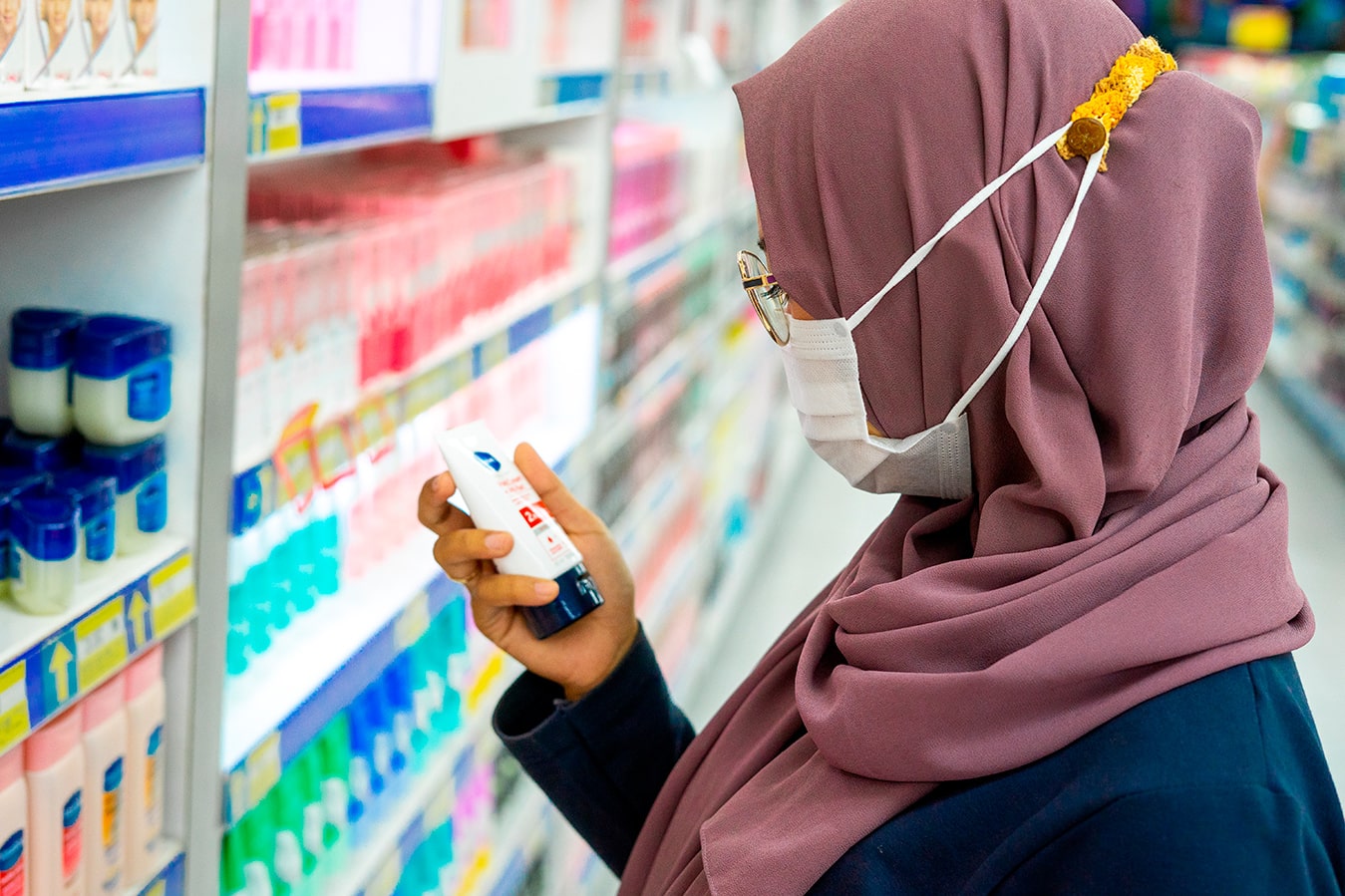Indonesia is often described as the most populous economy in Southeast Asia with growing market opportunities, including the cosmetics and skincare market, which are predicted to rank in the top five in Asia.
Indonesian Cosmetic Market Growth and Forecast
Based on data from the Euromonitor report entitled “Beauty and Personal Care in Indonesia”, it is estimated that the market value in this category will continue to rise by 41% in 2022 with a value of US $ 8.27 billion. Meanwhile, Indonesia’s Ministry of Industry predicted that the export of cosmetic products will increase by 9% for 2019 and will continue to grow at around 7.2% per year until 2021. Likewise, research conducted by 6Estates – an artificial intelligence-based company from Singapore – together with Science Art Communication, shows that there is a changing trend of Indonesian female consumers regarding cosmetics and skincare products.
According to the research, local cosmetics and skincare products shine in the domestic market. This can be seen from the change in the number of brands discussed by consumers in cyberspace. In 2014, there were only 2 local brands out of 10 brands generally discussed, namely Wardah and Viva. Meanwhile, in 2018 there were 6 local brands from 10 overall brands that began to be noticed by female consumers, namely Wardah, Make Over, Purbasari, Pixy, Viva, and Emina.
Factors that Influence Consumption Trend in Indonesia
Rachel Zhou, Director of Consumer Market & Insight for 6Estates explained several factors that influence the change in consumption trends in Indonesia from foreign products to local products.
First, Indonesian women are starting to realize ethnic or local beauty with more diverse skin colors. In the past, all women wanted to appear white to look beautiful, but now it’s not like that. In Indonesia, women are starting to like more ethnic tones, such as olive or brown. So now it’s not just white anymore, and local brands are more willing to provide it. Second, Muslim women are now smarter and more careful in choosing beauty and skincare products and this includes conscious choosing materials that do not contain alcohol, ingredients from animals and have a halal label on it. For more information regarding to Halal cosmetic market, check out our recent review about
Recent beauty trends on Halal Cosmetics.
In addition, Zhou also revealed another trend related to the behavior of female consumers towards beauty and skincare products, that there is an increase in conversations about the ingredients of skincare products. The results of this research show that there has been an increase in online conversations about skincare ingredients from 15.7% in 2014 to 20.6% in 2018. This figure is also expected to continue to increase to reach 22.6% in 2020.
Driving Forces for Increased Conversations about Skincare Product Ingredients.
In this regard, Zhou underlined several things that have been the driving force for increased conversations about skincare product ingredients. First, women in Indonesia are more scientific due to the impact of easy access to information. Second, consumers who prefer to use beauty and skincare products with natural ingredients. As a result, they began to do a lot of searching and conversations about it. Third, a Korean brand that has received a positive response from the Indonesian people. What is the relation? Zhou explained that Korea became one of the pioneers in promoting products by providing an explanation of the ingredients or ingredients and properties that could be obtained. It might have been done by many conventional companies, but several Korean brands highlight the ingredients and content of their products to the fullest so that people are influenced and start paying attention to it. This is a newest trend on the cosmetics market, and a good explanation is given in our article
Spotlight: Clean Beauty Trend.
Conclusion
Whitening products might still be the trend in Indonesia’s neighboring countries in Asia. However, the current trend for Indonesians is to embrace their diverse beauty whatever skin color they have while preferring halal cosmetics as well.

